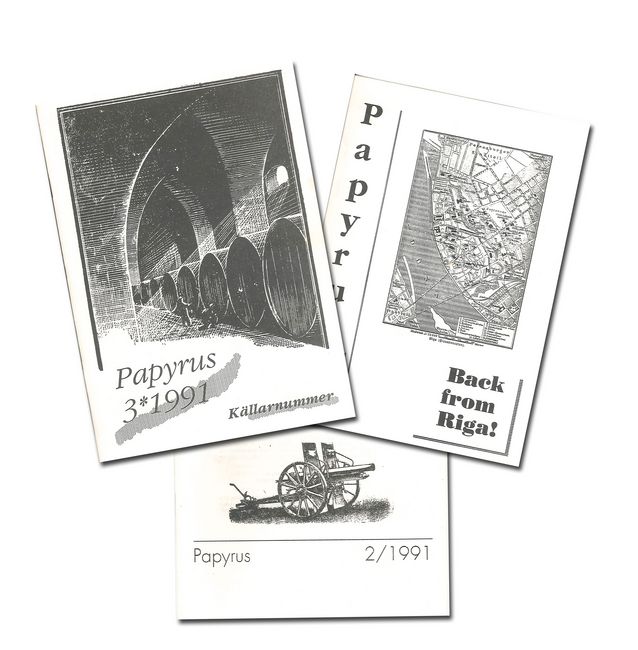Mika Huovinen
Mika Ensio Huovinen
Born 1969, Sipoo
MA 1996 (Finnish and Scandinavian History), University of Helsinki
CEO of Graaf, 2006-
Freelance graphic designer, 2003–2006
Photo editor, layout artist, graphic designer at Edita Publishing Ltd., 1996–2002
Design and editing of the Sodankylä Film Festival programme book, 1995–1996
Archive work for the Society of Swedish Literature in Finland, 1990–1993
Member of the Board of Directors on the Helsinki Society, 2003–2009
Secretary of the Swedish Historical Society in Finland, 1996–1997
Chair of the University of Helsinki subject organisation Historicus, 1992
Publications
‘Runebergs två hem’ (‘Runeberg’s two homes’) article for Matti Klinge’s 60th Festschrift, 1996
‘Hundra år i Träskolan’ (‘One hundred years of Träskolan’) history book, 1996
‘Kerhosta edunvalvojaksi – Vantaan Invalidit ry 1970–1995’ (‘From a club to a caretaker – Vantaa Disabled Association 1970–1995’) history book, 1995
‘Vilken funktion har Runebergskulten?’ (‘What is the function of the Runeberg cult?’) article, Hufvudstadsbladet newspaper, February 5, 1994
‘Den tredje faran: Kvinnor’ (‘The third danger: Women’) article, Studentbladet issue 12 (1993)
Editor-in-chief of the subject organisation paper Papyruksen, 1990–1991
Awards
State Award for Public Information for the reference book Kalevalan kulttuurihistoria (‘The cultural history of the Kalevala’), for which I did the layout, 2009
Finnish Association of Non-fiction Writer’s Book of the Year Award for the textbook Odysseia – matka filosofiaan (‘The Odyssey – Journey into philosophy’), for which I did photo editing, 2001
Student Union of the University of Helsinki’s Award for the Best Subject Organisation, 1991
Photo: Jouko Keski-Säntti
Written by Mika Huovinen (Kaija Hartikainen, ed.)
Translated by Joe McVeigh

